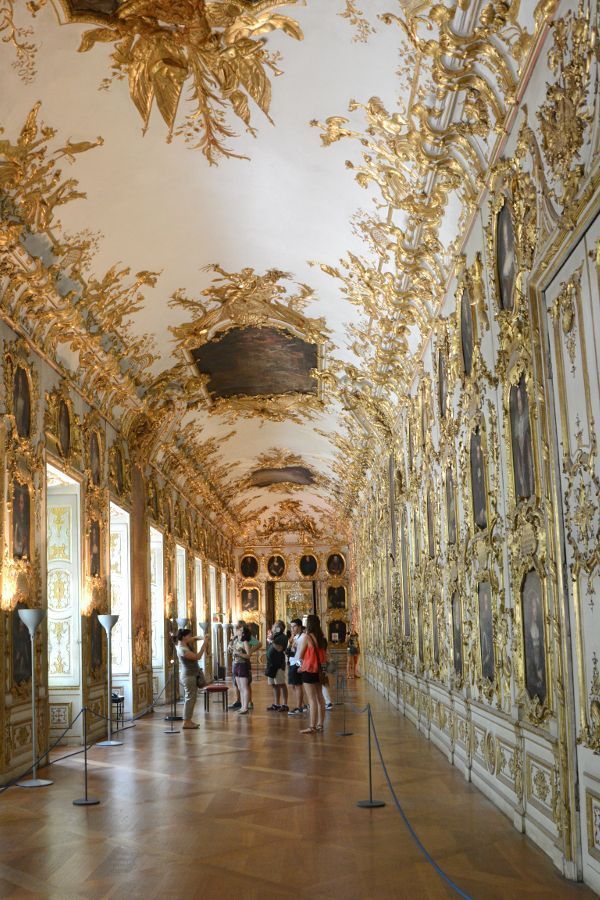Top 10 Tourist Attractions You Must Visit in Munich
6. Munich Residenz
The Munich Residenz, located in the heart of Munich, Germany, is one of the city’s most impressive architectural landmarks and former royal residences. Construction of the Munich Residenz began in 1385 and continued over several centuries, with expansions, renovations, and additions made by successive rulers of the Wittelsbach dynasty, who used the palace as their primary residence until the early 20th century. The architecture of the Munich Residenz reflects various styles, including Renaissance, Baroque, Rococo, and Neoclassical, as a result of the successive renovations and expansions undertaken over the centuries. The Munich Residenz is one of the largest palace complexes in Europe, comprising over 130 rooms and spanning a total area of approximately 18 acres (7.3 hectares). Visitors to the Munich Residenz can explore its numerous rooms and galleries, which showcase lavish furnishings, artwork, tapestries, and decorative elements from different historical periods.

Adjacent to the Munich Residenz is the Court Church of All Saints (Hofkirche zu Allerheiligen), a magnificent Baroque church commissioned by Elector Max Emanuel in the early 18th century. The church features a stunning interior with intricate stucco work, marble altars, and ceiling frescoes. The Munich Residenz is surrounded by beautiful gardens, including the Hofgarten, a formal Baroque Garden located to the north of the palace, and the Residenzgarten, a landscaped park with fountains, sculptures, and walking paths. In addition to serving as a museum and historic site, the Munich Residenz hosts various cultural events, concerts, and exhibitions throughout the year, offering visitors the opportunity to experience the palace’s rich heritage in a dynamic and engaging way. The Munich Residenz stands as a testament to the wealth, power, and artistic patronage of the Bavarian rulers and remains a symbol of Munich’s rich cultural heritage.